Trading is one of the optional mechanics that makes life easier in the cubic world. With it, you can obtain rare items, some of which cannot be crafted by hand. In recent years, many elements of this mechanic have undergone significant changes due to updates.
In this article, we will take a detailed look at all aspects of trading with villagers: from basic concepts to interesting strategies that will help players make the most of this system.
Where to find villagers?
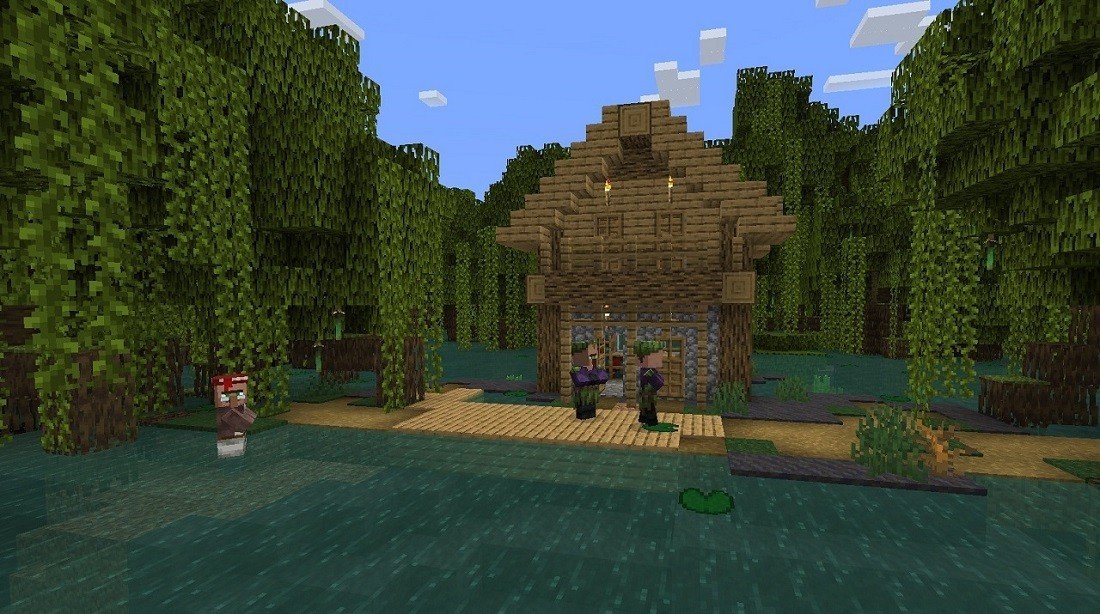 Image: ensigame.com
Image: ensigame.com
Who exactly are the villagers? Theories abound, but visually, they resemble humans, though they differ from the main character. Villagers can be found in villages scattered across the world. Villages generate in various biomes, such as plains, desert, savanna, and others. Each village contains several houses, farms, and job sites.
The core of the economic system is that villagers can have different professions depending on which Job Site Block is nearby. This means that the type of profession is determined by the block, and the profession of the villager dictates what items and resources they can offer for trade.
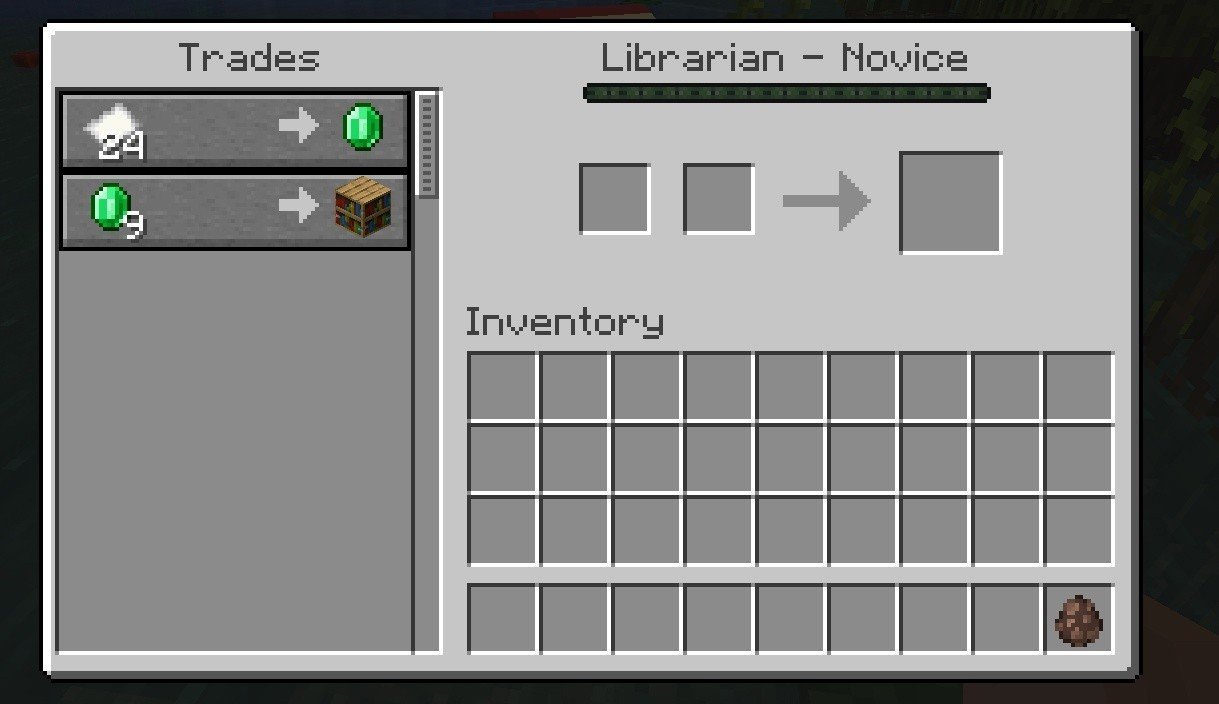 Image: ensigame.com
Image: ensigame.com
To start trading, simply approach a villager and right-click on them (or the corresponding button on other platforms). This will open the trading interface, where you can see the current deals offered by the villager. Trading occurs in the form of item exchange: you give the villager a required resource, and in return, they provide an item from their inventory.
In the Java Edition, only villagers with a profession or wandering traders can trade. Nitwits and unemployed villagers will simply grunt and shake their heads when you click on them.
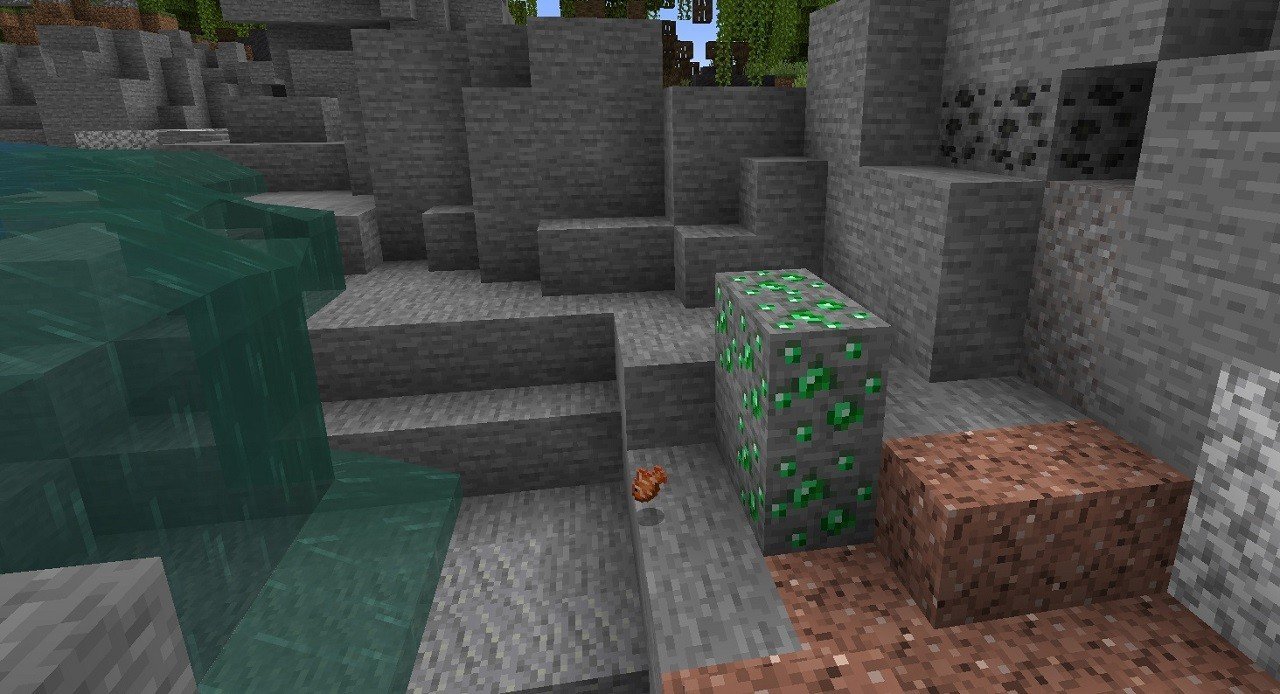 Image: ensigame.com
Image: ensigame.com
The most common currency in the game is emeralds. These green gems can be mined (usually in mountains) or obtained through trading with villagers. The more you trade with a specific villager, the more deals they unlock, granting access to new, rarer, and more useful items.
What professions do villagers have?
Each villager in Minecraft has a profession, which determines what goods and resources they can offer to players. Let's take a look at all the villager professions and their associated trades.
👩🌾 Farmer — this villager uses a composter block. Their trades often involve agriculture. Farmers buy wheat, carrots, potatoes, and beetroots and sell bread, pies, golden carrots, and other food items. They are one of the most useful villagers for those setting up their own farm.
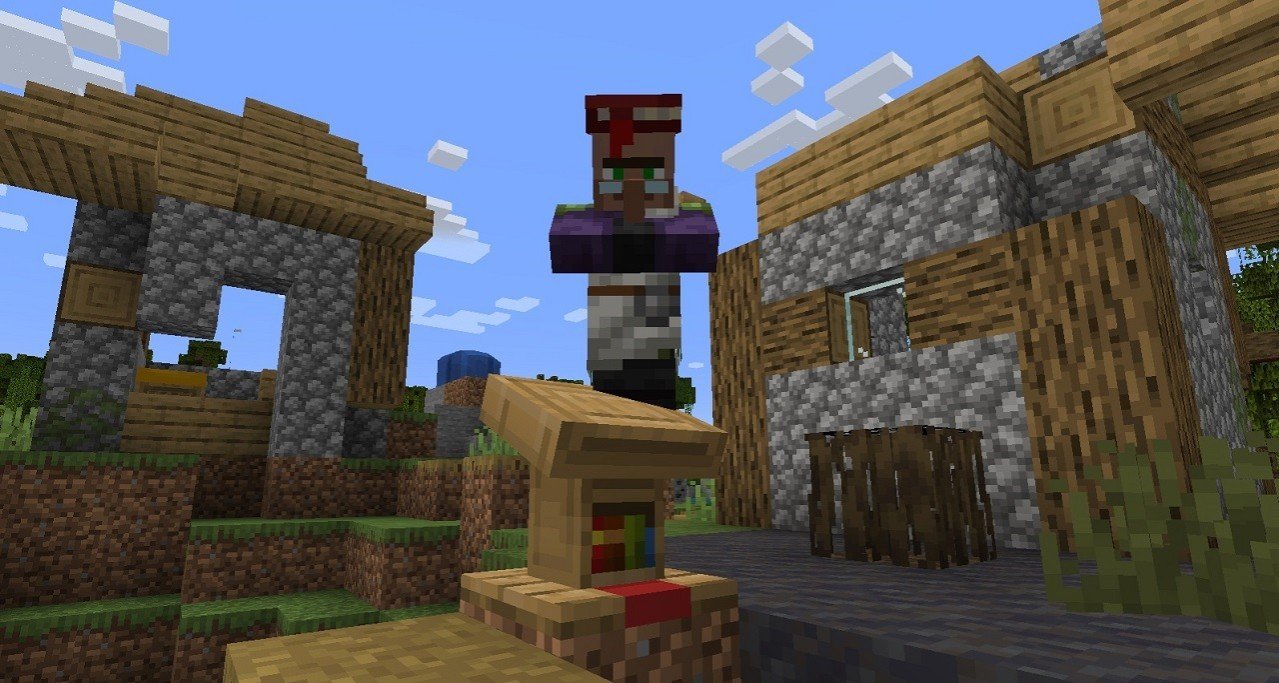 Image: ensigame.com
Image: ensigame.com
🤓 Librarian — this character works with a lectern and offers enchanted books, paper, and compasses. Librarians are particularly useful for players aiming to create powerful gear, as they can sell books with enchantments like Mending, Unbreaking III, or Protection IV.
🙂 Fletcher uses a fletching table. They sell bows, arrows, crossbows, and tipped arrows. Fletchers are useful for players who prefer ranged combat, as they provide easy access to excellent arrows and more.
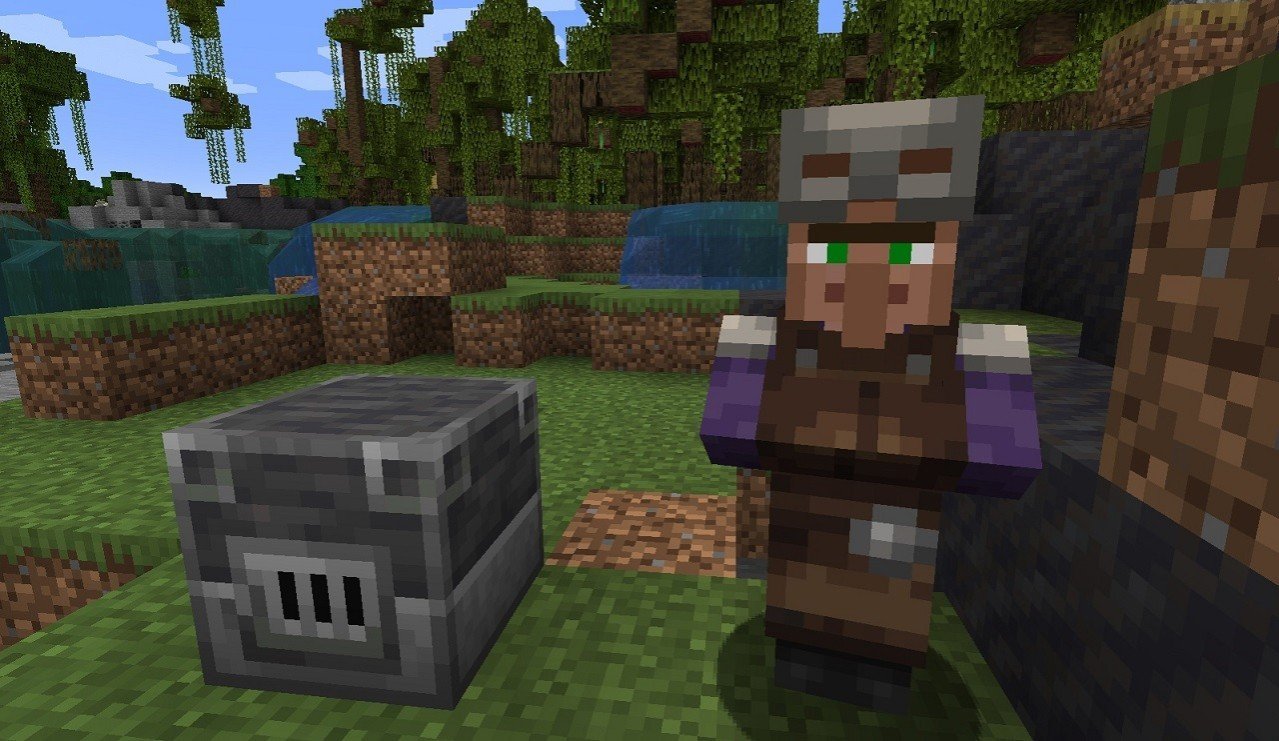 Image: ensigame.com
Image: ensigame.com
⚔️ The armorer works with a blast furnace and offers iron and diamond armor, making them an essential trader for those looking to quickly equip themselves with protection. They also buy iron and coal.
🗡Weaponsmith uses a grindstone and sells swords, axes, and can enchant them at higher levels. This trader is crucial for those who want to upgrade their weapons quickly and effectively.
 Image: ensigame.com
Image: ensigame.com
🔱 The toolsmith uses a smithing table. They sell tools such as pickaxes, shovels, and axes, along with enchanted versions. Toolsmiths are especially helpful for players looking to save time on crafting and finding high-quality tools.
👨🦳 The cleric uses a brewing stand and offers ender pearls and potion ingredients. Clerics are valuable for players interested in alchemy, as they provide easy access to rare components for brewing potions.
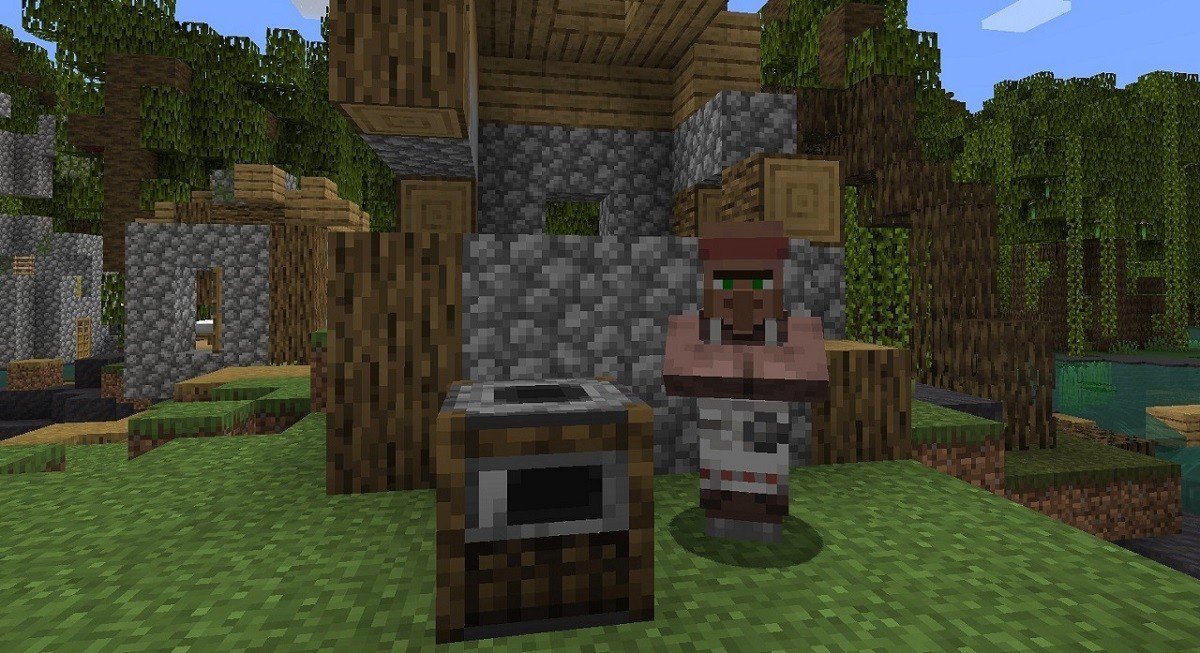 Image: ensigame.com
Image: ensigame.com
🥩 Butcher uses a smoker block and trades in food. He sells cooked meat and buys raw meat from the player. This is the ideal trader for those who need large supplies of hearty food or for experienced hunters who want to sell their game.
🧥 Leatherworker uses a cauldron. The leatherworker specializes in leather goods. He sells leather armor, saddles, and horse armor. This villager is useful for those who need a lot of leather armor or saddles for riding horses, especially if you can't find saddles in chests. The leatherworker also buys leather, so if you have excess leather with no use, you can trade it for emeralds.
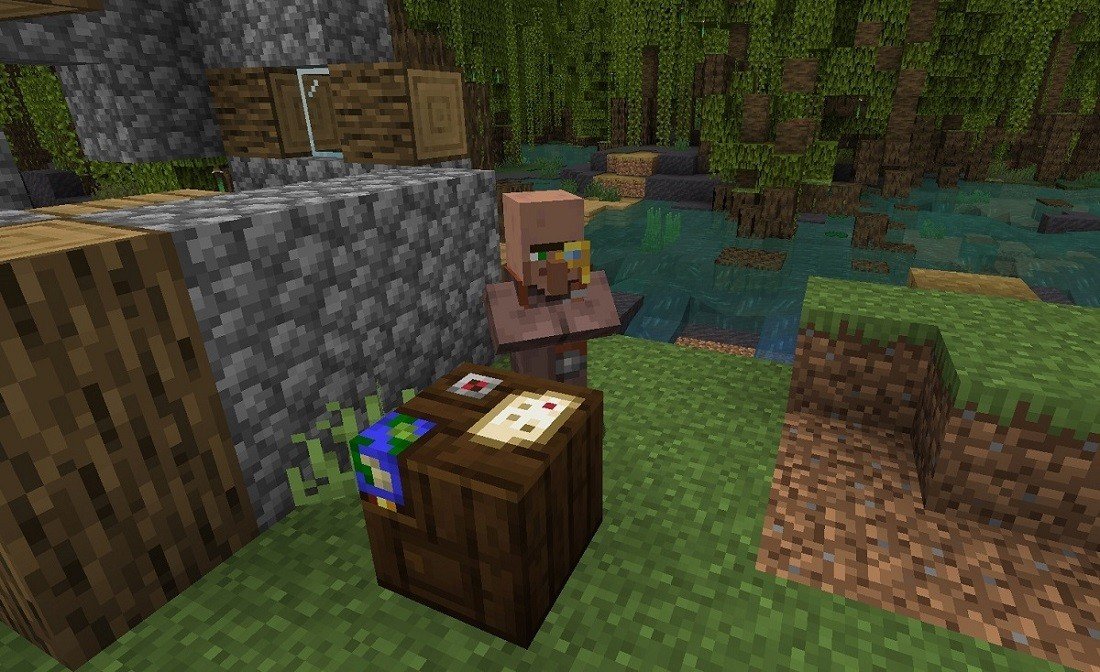 Image: ensigame.com
Image: ensigame.com
🌴 The cartographer works at a cartography table. Cartographers offer maps and paper. They can sell you an empty map or an explorer map, which shows the location of special structures such as a woodland mansion or an ocean monument. The cartographer is useful for gamers who want to explore the world and find rare structures without wandering aimlessly through the blocky valleys.
🗿 The mason uses a stonecutter. The mason is a master of working with stone. He buys clay and stone blocks and sells various types of stone building materials, such as bricks and terracotta. The mason is valuable for players who aim to build beautiful structures, as his inventory includes a variety of decorative blocks.
 Image: ensigame.com
Image: ensigame.com
🧶 The shepherd's job block is the loom. The shepherd trades wool-related items. He buys wool from players and sells dyed wool blocks, carpets, and banners. The shepherd is ideal for those who actively breed sheep and have excess wool, as well as for gamers working on decorative projects.
Leveling up villagers
When you start trading with a villager in Minecraft, they begin as a novice and can level up as you complete trades with them. After several successful trades, the villager advances to the next level: apprentice, then journeyman, expert, and finally master.
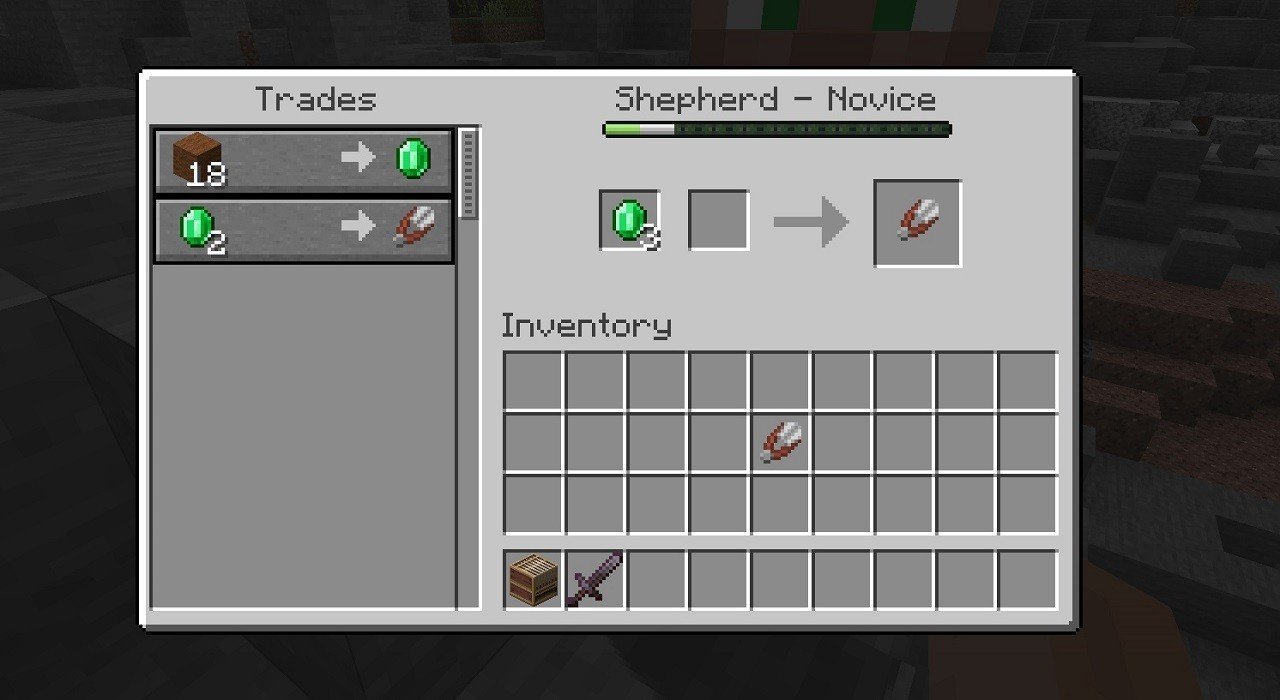 Image: ensigame.com
Image: ensigame.com
At each new level, the variety and value of items and trades increase. For example, a librarian at the master level can offer very rare enchanted books, such as mending, making them especially important for players looking to enhance their gear to the highest level.
It's important to note that trading is not infinite: after a certain number of trades, a particular item may become unavailable. Villagers may temporarily "lock" an offer when they run out of stock. However, after some time, their resources will replenish, and the trades will become available again.
How to improve trading with villagers
There are several ways to make trading more profitable. By using certain mechanics and approaches, you can get more emeralds for the same resources or reduce the prices of goods.
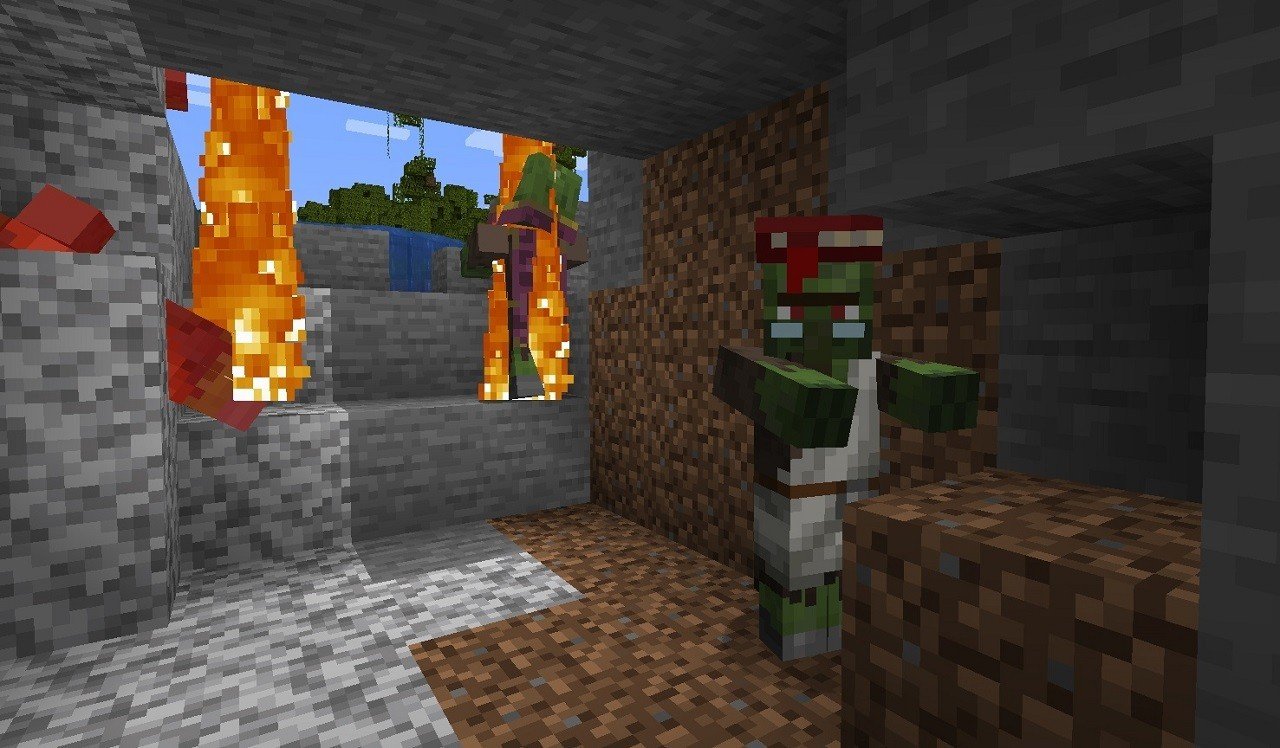 Image: ensigame.com
Image: ensigame.com
At night, a village may be attacked by zombies, and some villagers can turn into zombie villagers. If you have a splash potion of weakness and a golden apple, you can cure a zombie villager and turn them back into a regular villager. After this, they will offer you better deals, significantly lowering their prices. This method is one of the most effective for those who want to maximize their emerald savings.
Hero of the Village. This status can be achieved by successfully defending a village from a raid—a special attack by hostile mobs. When the raid is repelled, the player gains the Hero of the Village effect, which reduces the prices of goods from all villagers. This not only makes trading easier but also provides additional incentives to protect the village from enemies.
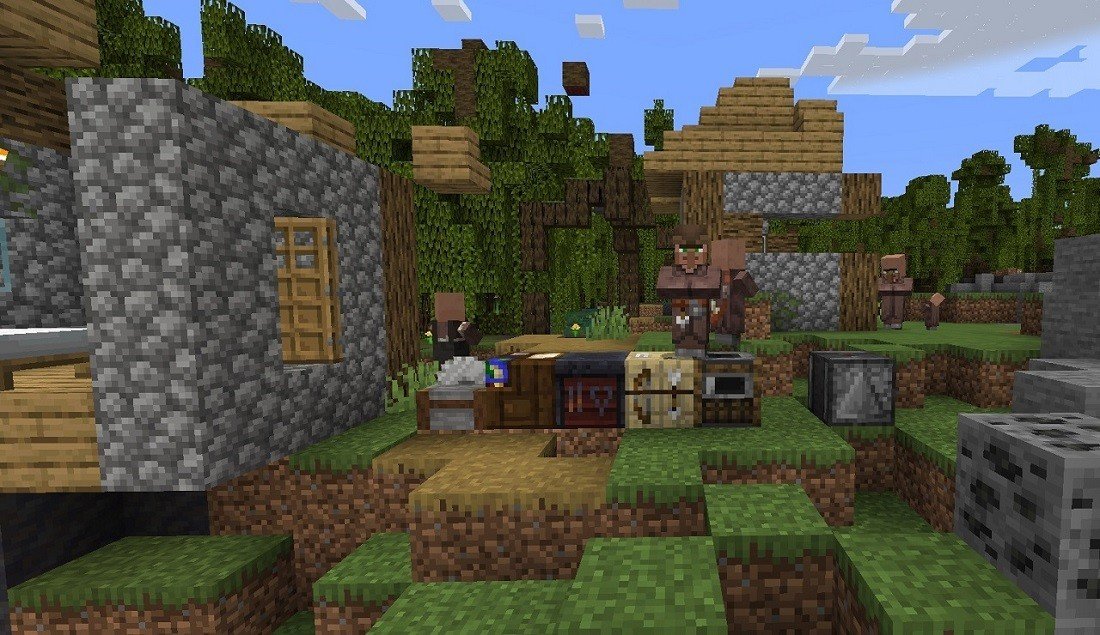 Image: ensigame.com
Image: ensigame.com
Automated farming systems. Creating automated farms for gathering wheat, carrots, and other crops significantly increases your trading potential with farmers. This allows you to maintain a steady flow of resources for trading emeralds. A large amount of currency will enable you to trade more frequently with other villagers.
Multi-profession villages. Successful trading is directly linked to the development of the village itself. The more villagers you have with different professions, the wider the range of goods and resources available.
To support village growth and job diversity, you can develop infrastructure and add new job site blocks. For example, by placing additional composters, blast furnaces, brewing stands, and other blocks, you can ensure the emergence of new professions among villagers.
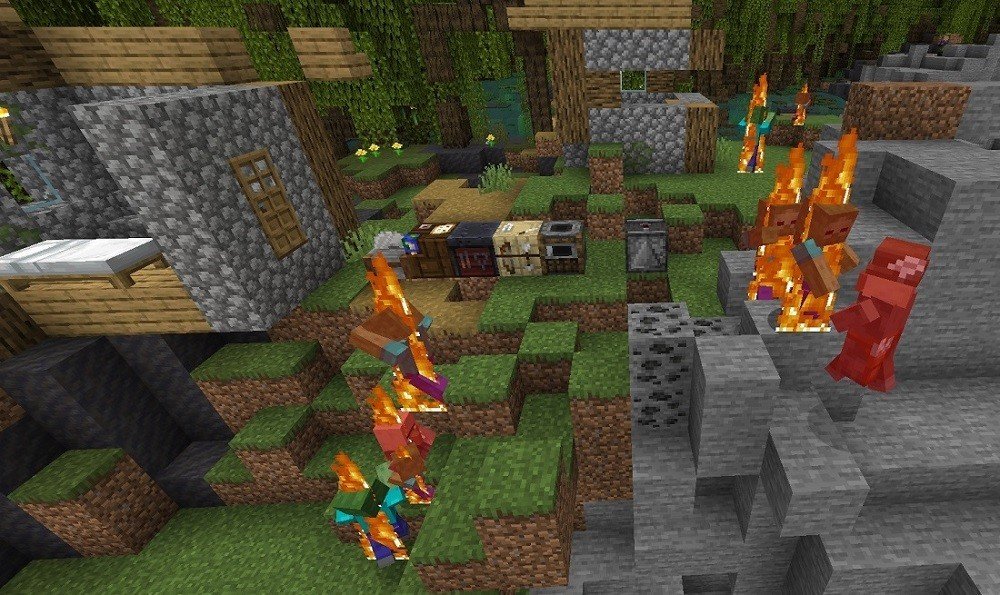 Image: ensigame.com
Image: ensigame.com
It's important to remember that villagers require a safe place to live. Villages are often attacked by zombies and other hostile mobs, so protecting the village is paramount. Use torches and other light sources to prevent mob spawning, and build walls or fences around the village for extra defense.
Now you're ready to trade in Minecraft and do it profitably!
Main image by ensigame.com


 Vadim "Vadim" Dybinskiy
Vadim "Vadim" Dybinskiy


















0 comments